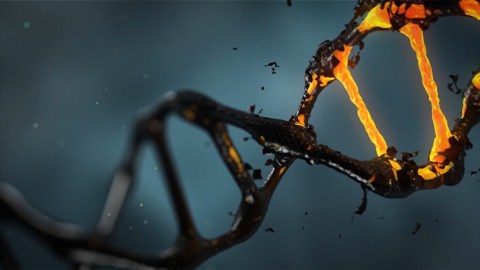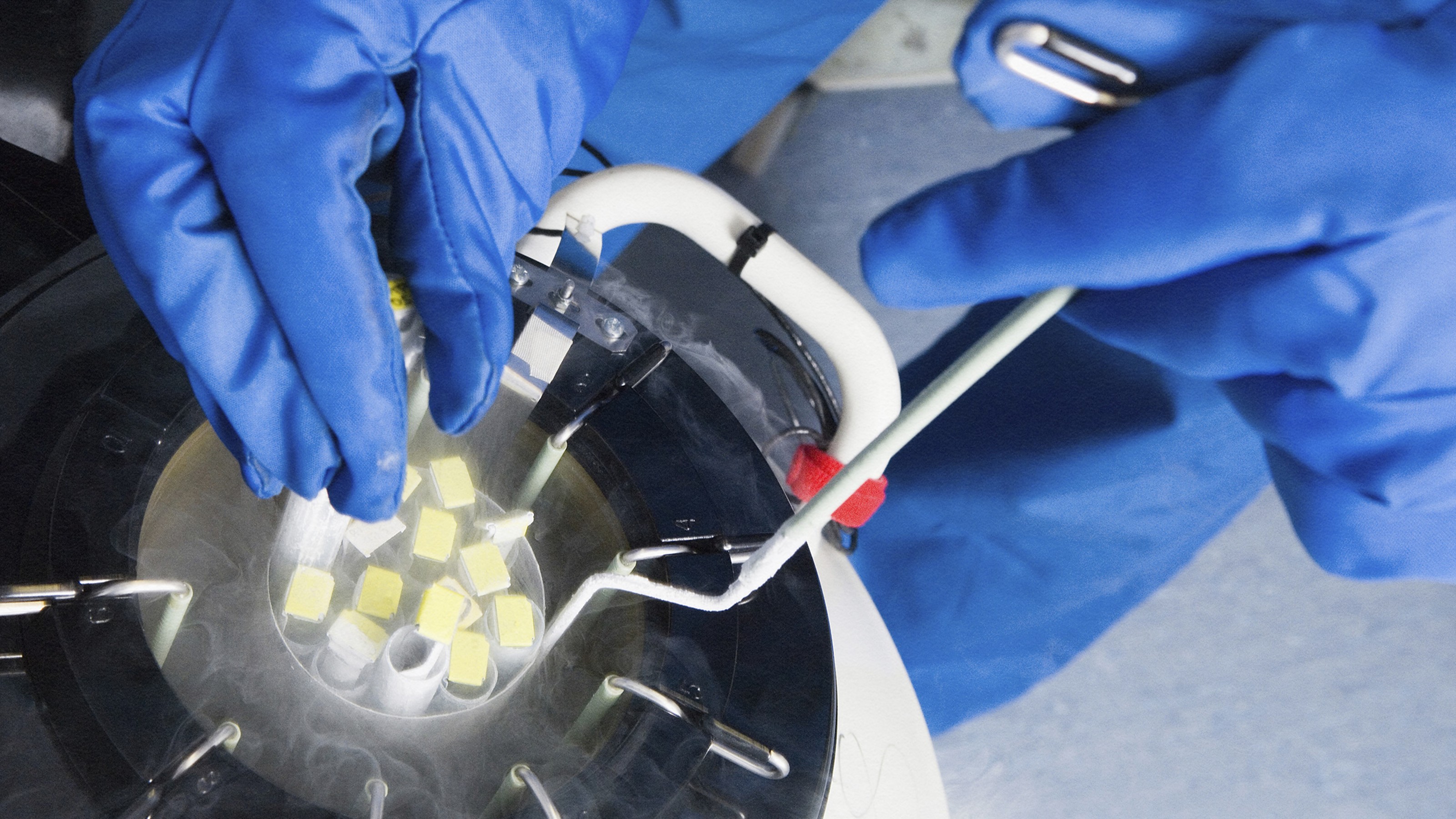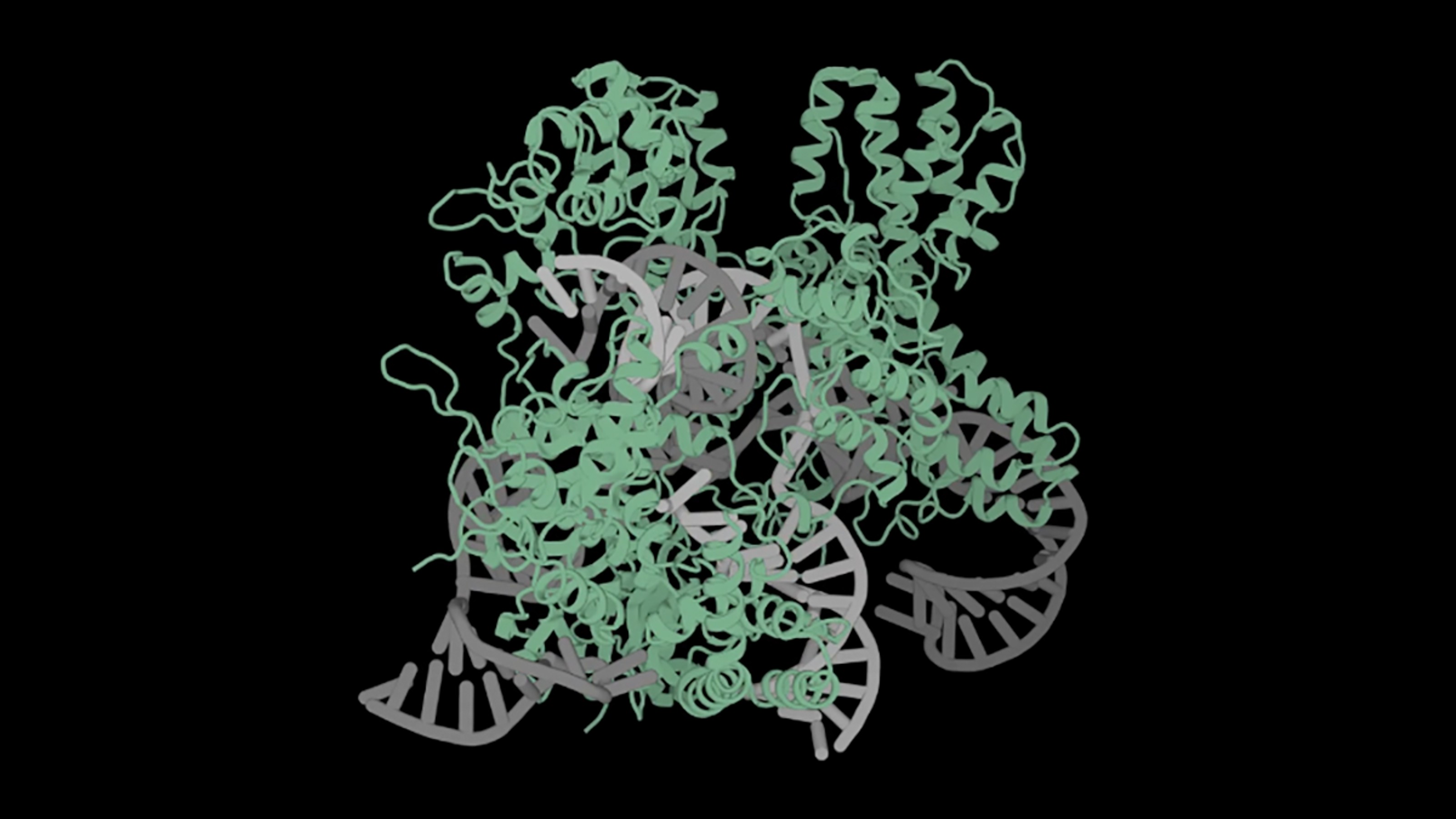CRISPR May Cause Hundreds of Unintended Mutations Into the Genome, New Study Finds

In case you haven’t already heard of CRISPR-Cas9, it is the revolutionary gene-editing technology, discovered just a few years ago, that allows scientists to edit the DNA of any species with an unprecedented precision and efficiency. Today, thousands of researchers around the world are doing experiments with CRISPR, in the hope to cure us from genetic diseases and even deliver us designer babies. The first clinical trial to employ CRISPR-Cas9 is now underway in China, hoping to fight targeted cancers with modified immune cells.
The gene-editing method is based on the protective mechanism of bacteria against viruses. An RNA molecule carries segments of DNA from a previously encountered virus together with an enzyme (Cas9). Once the molecule encounters that same sequence of DNA, the enzyme gets activated and cuts it out. Researchers discovered that they can use this system to cut any DNA sequence at a precisely chosen location.
While the tool is touted for its precision, it is far from error free. Mutations do occur around the areas where the DNA has been cut and needs to be repaired. And sometimes CRISPR may hit unintended parts of the genome. Computer algorithms identify the most likely areas for these off-target mutations, which are later examined by researchers for deletions and insertions. However, whole-genome sequencing (WGS) – examining the entire DNA of living animals that had undergone gene editing – hadn’t been done.
In a recently published study in the journal Nature Methods, titled “Unexpected mutations after CRISPR–Cas9 editing in vivo” scientists used whole-genome sequencing to study the mutations that had occurred in the DNA of mice that had undergone CRISPR gene editing.
Genetic Engineering and Biotechnology News reports that “the investigators were able to determine that CRISPR had successfully corrected a gene that causes blindness, but found that the genomes of two independent gene therapy recipients had sustained more than 1500 single-nucleotide mutations and more than 100 larger deletions and insertions. None of these DNA mutations were predicted by computer algorithms that are widely used by researchers to look for off-target effects.”
Co-author of the study Vinit Mahajan, M.D., Ph.D. said:
“We’re still upbeat about CRISPR, we’re physicians, and we know that every new therapy has some potential side effects—but we need to be aware of what they are.”
The authors are encouraging scientists to use the WGS method to determine all off-target effects of their CRISPR experiments.
In the last few days, however, some scientists have raised concerns about the validity of the study, questioning its methodology. Dr Gaetan Burgio, Group leader and head of the transgenesis facility at the Australian National University said in a Journal club review of the paper:
“The claims over this paper are unsurprising as Cas9 enzyme could remain in the cells for days and create random indels in the genome. However, the main issues for me resides in the overestimation of the number of off target effects due to the lack of rigor in the experimental design to detect these unexpected mutations. In short my main point is these unintended mutation are likely to have preexisted prior to the injection of CRISPR system.”
One thing is sure – there is a lot more work to be done to ensure the safety of the CRISPR/Cas9 technology.
Photo Credit: Pixabay





